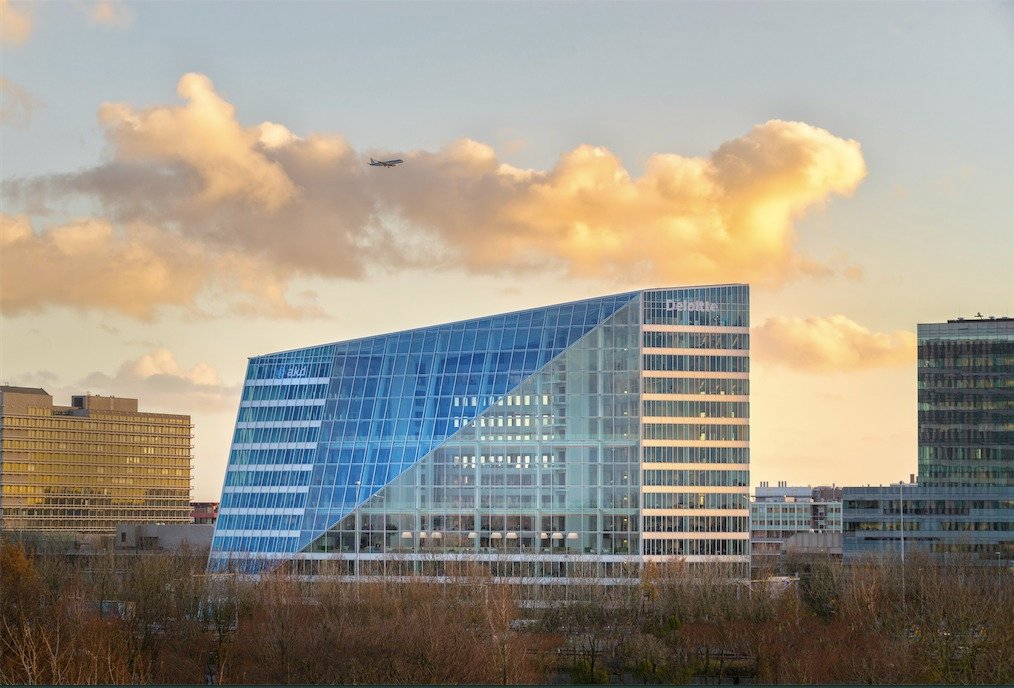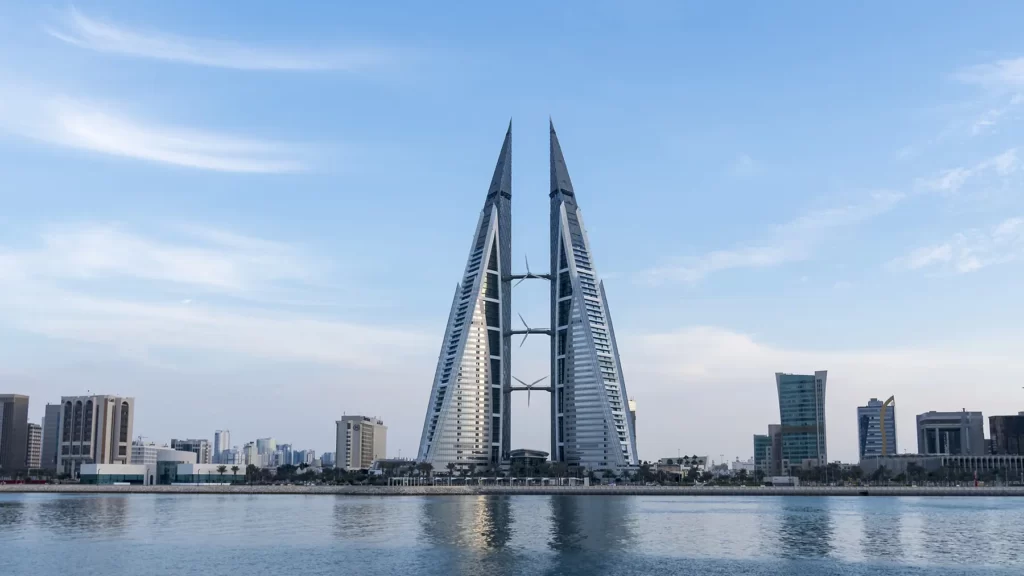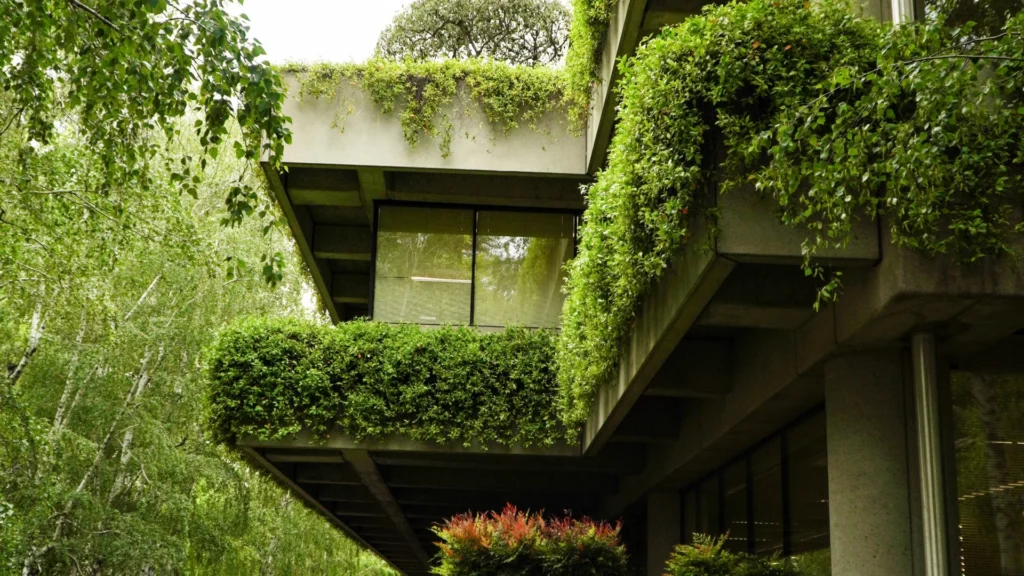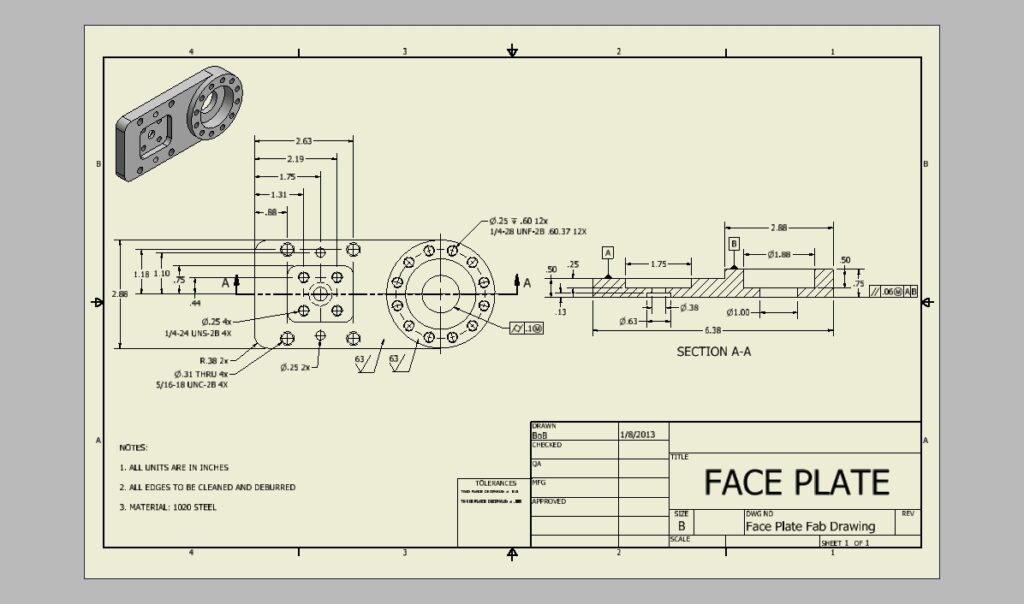In today’s fast-paced world, the concept of smart facades is revolutionizing the way we interact with buildings. A smart facade refers to an exterior building envelope that utilizes advanced technologies to improve energy efficiency, occupant comfort, and overall sustainability. Unlike traditional facades, smart facades are dynamic and interactive, responding to external factors such as weather conditions, sunlight, and user preferences.
Types and Examples
Types of Smart Facades
- Dynamic Facades: These facades have components that can adjust based on environmental factors, such as sunshades that tilt to control the amount of sunlight entering the building.
- Bioclimatic Facades: These facades incorporate natural elements like plants and greenery to enhance insulation and air quality.
- Responsive Facades: These facades use sensors and actuators to adapt to changing conditions in real-time.
Examples of Smart Facades
The Edge, Amsterdam: This sustainable office building features a dynamic facade that maximizes natural light while minimizing heat gain.

The Bahrain World Trade Center: With wind turbines integrated into its facade, this iconic building generates renewable energy to power itself.

Benefits
Smart facades offer a wide range of benefits for both building owners and occupants. Some of the key advantages include:
- Energy Efficiency: By optimizing natural light and ventilation, smart facades reduce reliance on artificial lighting and HVAC systems.
- Improved Comfort: Dynamic facades can adjust to maintain comfortable indoor temperatures and reduce glare.
- Environmental Sustainability: Smart facades contribute to lower carbon emissions and promote a greener built environment.
Challenges
While the potential of smart facade is promising, there are several challenges that need to be addressed for widespread adoption:
- Cost: Initial investment in smart facade technologies can be high, deterring some building owners.
- Maintenance: Complex systems require regular upkeep and skilled technicians for optimal performance.
- Compatibility: Integrating smart facades with existing building infrastructure can be challenging and may require retrofitting.
In conclusion, smart facade has the potential to transform the way we design and interact with buildings, offering a sustainable and efficient solution for the future. Embracing this innovative approach to architecture can lead to significant energy savings, enhanced occupant comfort, and a more environmentally conscious built environment. Let’s look forward to a future where every facade is not just smart, but also thoughtful in its contribution to a better world.


